Inside Melbourne’s real life ‘Zombie Land’ drug hellscape: Disturbing images show the extent of the drug crisis – as addicts shoot up in broad daylight
Community activists are preparing to fight plans to build a $1.7 million fenced yard for a controversial injection room they say will become a haven for drug users and dealers.
Melbourne has the highest heroin, ketamine and fentanyl consumption of any Australian capital, according to the latest wastewater data from the Australian Criminal Intelligence Commission.
Since opening in 2018, the Medically Supervised Drug Injecting Room (MSIR) in the eastern suburb of downtown Richmond, on Lennox St, has been a magnet for controversy, especially because it is located across the street from an elementary school.
The chamber’s defenders, including Premier Dan Andrews, point to survey results showing that the chamber has “successfully managed nearly 6,000 overdoses” and saved 63 lives since it opened in June 2018, with no one dying at the center.
However, some locals say that almost uncontrolled and open drug use has invaded the suburbs, creating a menacing, unpredictable and filthy environment full of drug paraphernalia.
Locals have responded to the proposal to build an enclosed garden for the Richmond Medically Supervised Injecting Room (picture a scene from Richmond)
Sharon Neven, 58, from Richmond, said building a fenced yard in front of the injection room would only be more of an invitation for dealers and drug users to congregate there in an area notorious for open injecting and human trafficking.
She shared photos with Daily Mail Australia of the area surrounding the drug injection room that she took between July and September.
“It’s just going to provide a place where junkies can deal, where they can have sex and do all kinds of things behind a fence,” Ms Neven told Daily Mail Australia on Wednesday.
‘It happens because we constantly complain about the open injecting that people do against the front door of the room, against the wall, on the side.
“So instead of solving the problem, they thought, ‘let’s hide them behind a big fence.’
‘Placing a fence, shelter and seating actually creates a nice place for them to hang out.’

The $1.7 million project will install a gated enclosure around the injection room, which is next to a building that provides general and maternal health services
‘They just don’t get it, they don’t listen. People start using outside and possibly overdose.”
Ms Neven said a friend who lives opposite the injection room was “absolutely terrified” by the proposal.
“She already experiences horrific things every day: people injecting or defecating at her front door,” Ms Neven said.
Ms Neven was also concerned that the gated area would be a no-go zone for police, who already make a habit of not arresting people in the immediate vicinity of the MSIR for drug possession.
Ms Neven said there had recently been two stabbings in the Richmond area, one fatal, “by known users” of the injection room.
The project has been approved by North Richmond Community Health, which runs the MSIR as well as the general health and maternity centers in an adjacent building, Yarra City Council and the Victorian Government.
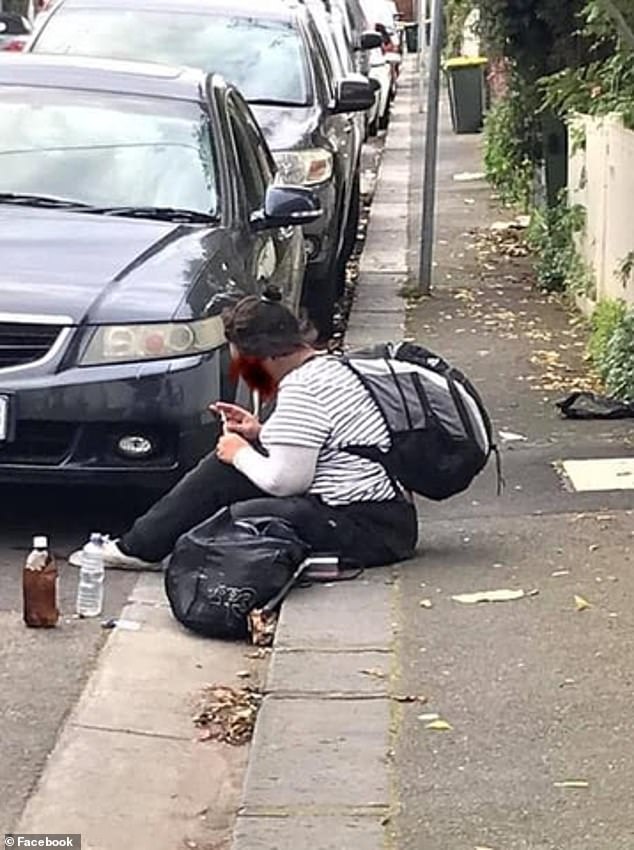
Locals say open drug injecting and selling is widespread in the Melbourne Richmond area
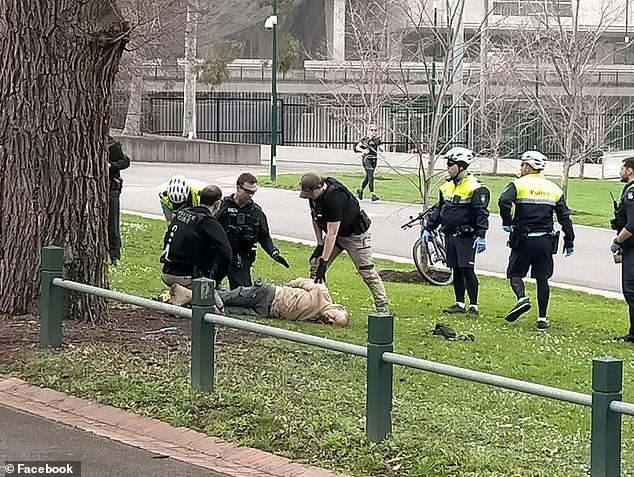
Police arrest a person in the Richmond area, where locals say they fear a ‘no go zone’ around the injection room
Construction of the new garden area and a new diagonal footpath to the front door of the health clinics, replacing a path running parallel to the injection room, will begin in February next year and is expected to be completed in June.
She claimed the new proposal would only welcome “violent and aggressive drug users to stay all day and all night.”
“They see this beautiful vision and what we see is reality – it’s going to be graffitied and pissed on,” she said.
Ms Neven also claimed that locals had not had a chance to comment on the proposal until it was leaked in August.
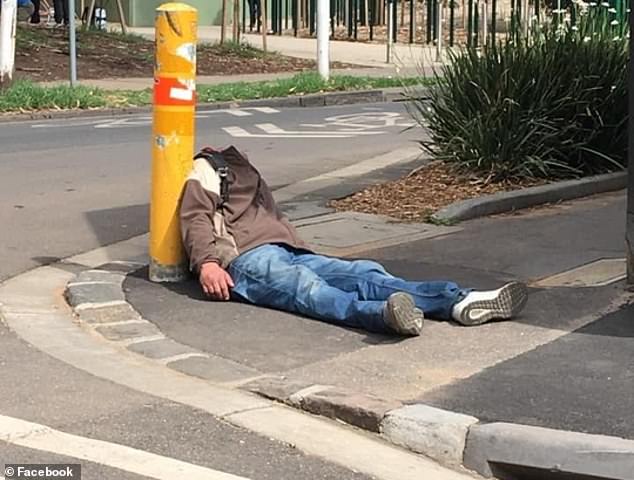
A man lies on a footpath near the controversial injection chamber in the Melbourne suburb of Richmond
“No one in the community has ever heard of it,” she claimeddespite the North Richmond Community Health website stating that ‘community and stakeholder consultation on the draft plans’ took place in July and August 2022.
A spokesperson for the agency told Daily Mail Australia on Thursday that the proposal was a “response to community feedback highlighting a desire to improve the grounds surrounding the facility and improve health and wellbeing outcomes for the community.”
“Based on these initial agreements, our design team developed plans that enhanced the landscape and facilities surrounding NRCH’s buildings and increased our ability to provide care, support and services to clients and the community in an enhanced outdoor space,” a spokesperson said.
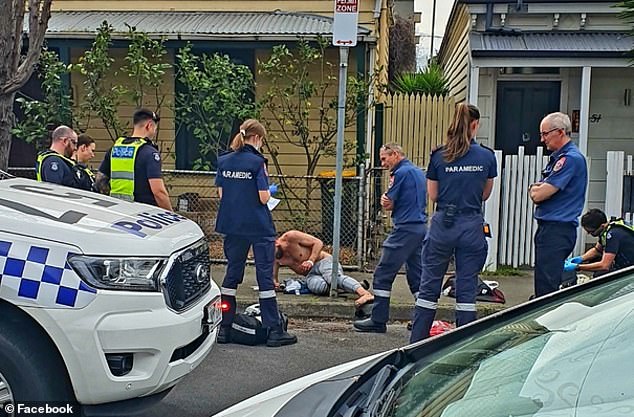
Local resident says drug use has terrified people living near Richmond’s medically supervised injection room
The spokesperson said the draft master plan was presented for feedback “through various community and stakeholder consultation activities in 2022” and that “the activities were widely advertised” and “well attended”.
Ms. Neven organizes flyers against the fenced yard to be distributed in the Richmond area.
A draft of the flyer states that the “real reason for the wall” is to “conceal the continued public injecting and risky behavior that NRCH does not attempt to control.”
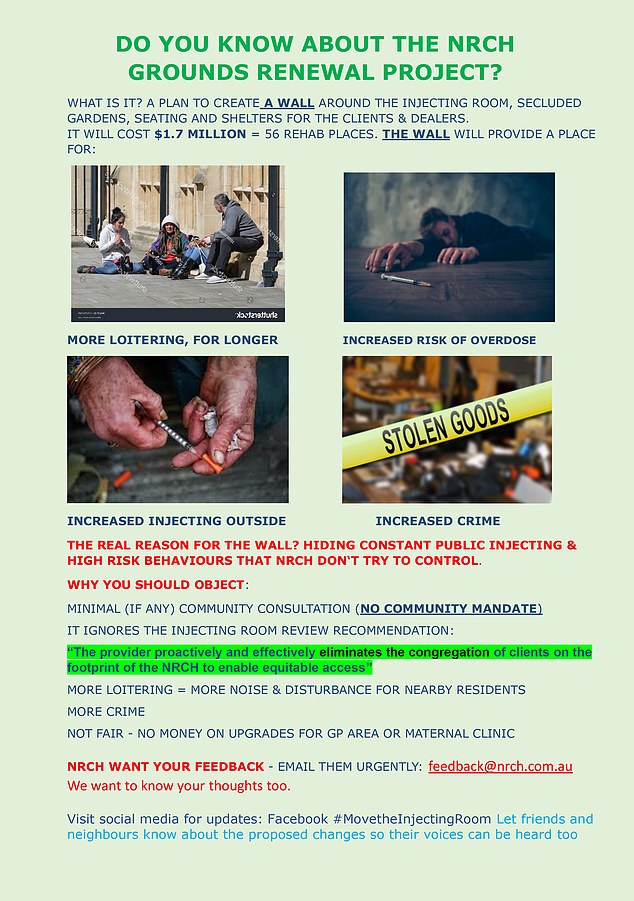
A draft of a flyer that will go to the residents of Richmond urging them to oppose the fenced garden
The flyer urges residents to urgently email North Richmond Community Health to object to the project.
An annual report published last month by public health research group Penington Institute found that 2,231 drug-related deaths were reported in Australia in 2021, equivalent to one death every four hours.
Of these, 1675 were unintentional.
“The annual number of unintentional deaths from drug use exceeded road tolls in 2014,” said the 244-page report published on Sunday.
‘The gap between the two has continued to widen since then.’
Seven out of 10 accidental drug overdose deaths in 2021 were men, and Indigenous Australians were almost four times more likely to die in those circumstances than non-Indigenous Australians.
The most common drug found in human systems is opioids, which were responsible for 45.7 percent of overdose deaths in 2021.
Opioids, which are prescribed as a painkiller but often linked to addiction and abuse, were found in 81 percent of deaths involving multiple substances.
Deaths from the synthetic opioid fentanyl are cited in the report as a major cause for concern, having risen by more than 800 percent since 2001.
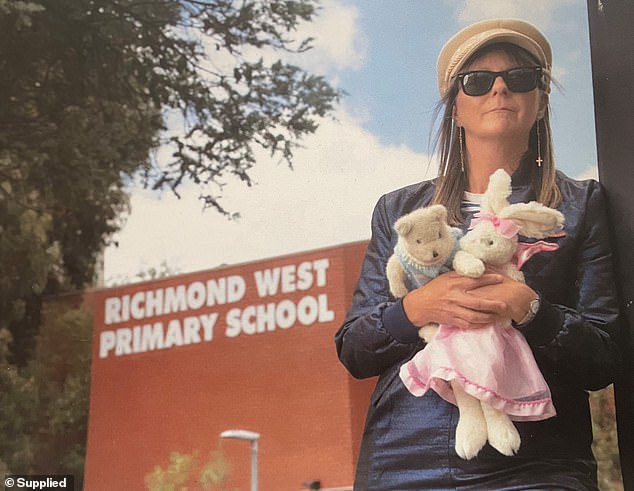
Richmond resident Sharon Neven, who has lived in the area for 23 years, is fighting the proposed injection room garden area
The global opioid crisis has coincided with a rise in drug overdose mortality in all Australian age categories over 30 over the past two decades, especially among 50 to 59 year olds (298 percent).
Despite Australia’s population growing by only 33 percent in that period, the number of unintentional drug deaths increased by 71 percent.
The institute started producing the annual overdose report eight years ago to drive change, but CEO John Ryan said the response was grossly inadequate compared to the scale of the problem.
“Now is the time to address this national crisis,” he said.
“We already have the tools and knowledge to reduce overdose deaths – we just need to do this by implementing evidence-based solutions, supporting access to treatment and closing the gap in overdose death rates between Indigenous and -native Australians.’
Drug overdose deaths are likely to increase further starting in 2021 as data is reviewed and finalized in the coming years.
